Fractional laser rejuvenation- a cosmetological process in which the skin is exposed to a series of microfiber lasers. The purpose of this effect is to activate regeneration processes and collagenogenesis. This is a relatively new but already very popular hardware technique. It is otherwise called fraxel, fractionated laser coating, or photothermolysis.
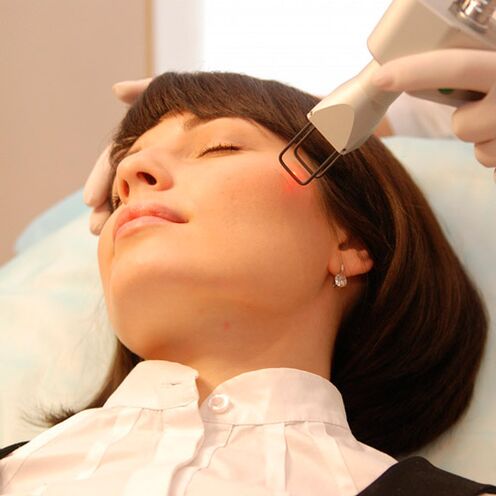
Principle of operation and types of fractional laser rejuvenation
How does a fragmented laser work? The micro-rays emitted by the device cause heat shock, in response to which "lazy" skin cells begin to function more actively. They divide faster to repair the damaged area. Old cells that have proven inoperable are destroyed and give way to young ones. The warming of the deep layers of the skin is accompanied by the partial denaturation of proteins and the formation of new components of the extracellular matrix, including elastin and collagen.
The depth of the effect can be distinguishedablative and non-ablative laser rejuvenation. . . The first is superficial and resembles grinding. Laser treatment of the upper layers of the skin is accompanied by the evaporation of moisture and damage to the epidermis. After healing, the skin will be more toned, its relief and color will be balanced. During non-ablative photothermolysis, the laser acts on the deep layers of the skin. In this case, no open wounds occur.
Each type of rejuvenation has its benefits and minutes. Thus, the effect of ablative laser surface treatment can be noticed after the first procedure. With this method you can get rid of deep wrinkles and age spots, post-acne, stretch marks, scars. There is no risk of infection with a non-ablative procedure, and the anti-aging effect is noticeable for several years. This type of photothermolysis is recommended for people under the age of 40, with the first signs of aging: fine wrinkles, decreased turgor.
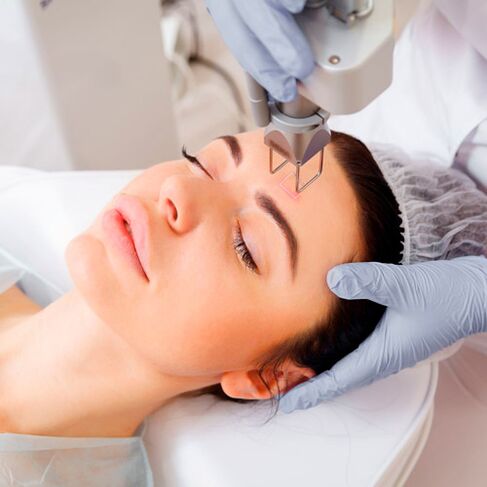
Indications and contraindications to the procedure
You may want to use the photothermolysis process if you have:
- Flabby, sagging skin.
- Both fine and deep wrinkles, magpies.
- Pigmentation of any origin.
- Increased secretion of sebum.
- Enlarged pores, acne.
- Scars, stretch marks, after acne.
- Vascular "stars" (rosacea).
- Dull complexion.
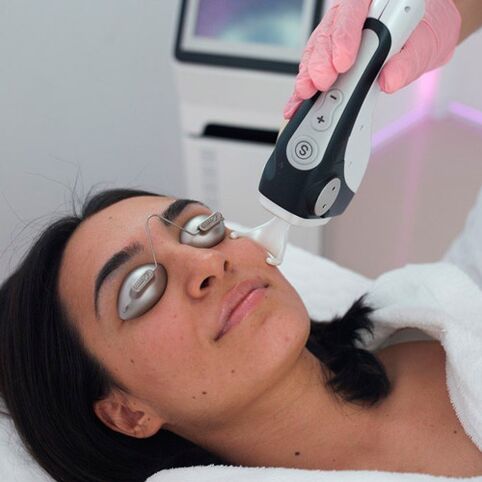
Contraindications to fractional laser rejuvenation are as follows:
- Allergy, psoriasis.
- Autoimmune disease.
- Pregnancy, breast-feeding.
- Diseases of the blood.
- Skin infections, inflammations in the area of the planned treatment.
- Any chronic disease in the decompensation stage.
- Oncology.
- Increased body temperature.
- Diabetes.
- Prone to keloid scarring.
- Epilepsy.
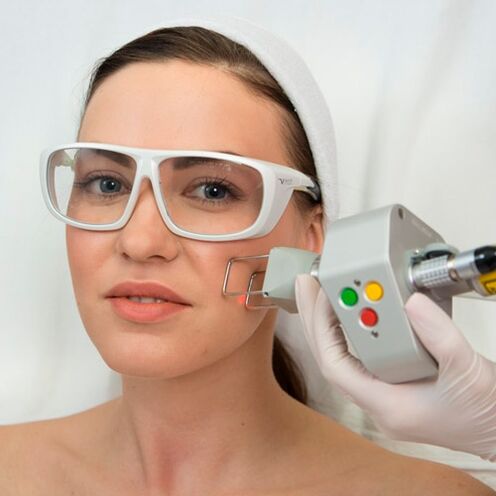
Characteristics of laser rejuvenation
The preparation for fractional photothermolysis consists of refusing to visit the solarium and the beach for two weeks. During this time, you should not cleanse the skin, perform chemical peels, or take sulfonamides, fluoroquinolones, tetracyclines. Three days before the procedure, they stop going to the pool, bath, sauna, and treat the area of the alleged exposure with alcoholic cosmetics. To prevent complications, your beautician may prescribe antiviral and antibacterial medications for this period. On the eve of the procedure, the day should be done without alcohol and cigarettes, refrain from going to the gym.
Before laser treatment, the skin is cleansed of cosmetics and impurities. Usually, the effect of the laser is felt as an unpleasant tingling, but sometimes pain relief may be needed. In this case, the beautician applies an anesthetic to the prepared skin surface. After the effect of the ointment, it treats the skin with a laser. The duration of the procedure depends on the extent of the area being treated and ranges from a few minutes to an hour. Finally, the skin is soothed with a nourishing cream.
In the first days after the procedure, you must not use alcohol-based products or compress the parts of the body where photothermolysis has been performed with a compression cloth. It is recommended to exclude physical activity for a week, visit the pool, sauna or spa, limit the time spent on the street. The skin is hydrated with a special cream three times a day. And so for half a month. Exfoliation and the use of cosmetics containing retinol and salicylic acid are not desirable. A sunscreen with a sun protection factor of 35 or more should be used for two months.
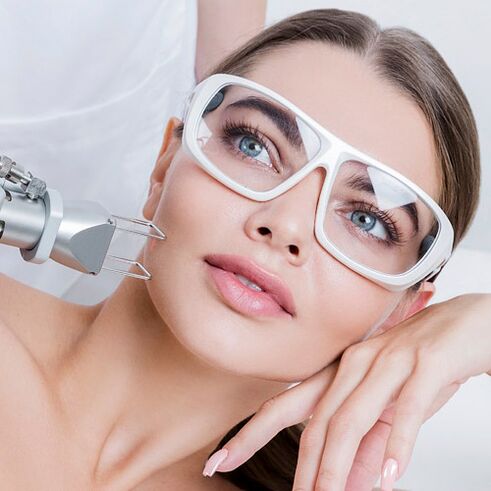
How many procedures are needed to achieve the result? What effect can you expect?
The rehabilitation period following laser fractional rejuvenation lasts 3-7 days. The speed of recovery is highly dependent on lifestyle. Alcohol consumption, smoking, excessive activity, an unbalanced diet, insomnia and anxiety can all slow down the regeneration process.
Redness and mild swelling are observed in the first three days after laser exposure. Anesthesia and cooling of the skin can help reduce discomfort. It is normal to feel tight skin within a week, there are flaky areas. A side effect of the procedure can be a bronze brownness that goes away on its own after half a month.
Sustained results after fractional photothermolysis occur after 2-5 processes. More specifically, the number of meetings can only be determined by the beautician based on initial data. Intervals between procedures are 3-4 weeks. As a result of fractional laser rejuvenation, aging processes are inhibited: wrinkles disappear or become less noticeable, turgor increases, pore severity decreases, and complexion improves. This method is an effective tool in the fight against scars, pigmentation, after acne, stretch marks.
Fractional laser rejuvenation is one of the three most popular hardware cosmetic procedures. Its benefits include efficiency, short recovery period, physiology. The result is visible after the first procedure and lasts for up to three years. The method contains a number of indications. It is possible to select the depth of laser exposure.
























